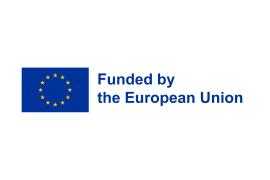India has considerable social and cultural diversity. For example, it is home to more than two thousand ethnic groups. This leads to a significant number of sectarian and/or communal problems; riots are common and somewhat unpredictable. Minor incidents are exaggerated by radical sections of the communities who are keen to exploit small and relatively innocuous events.
In May 2019, Indian Prime Minister Narendra Modi was re-elected for a second five-year term with a broad mandate. His political campaign focused on job creation and infrastructure investment, while tackling corruption and promoting Hindu nationalism.
India has territorial disputes with many of its neighbors. In the last 70 years, it has only been able to resolve its border issues with Bangladesh and Sri Lanka. The undermarketed borders with Myanmar, Bhutan and, more recently Bhutan, and more recently with China, Pakistan and Nepal, have often led to tensions.
The Indian government says the country's economy remains on track to grow by 7 per cent or more this year. or more this year, more than double global growth forecasts that have been by Russia's invasion of Ukraine, rising energy prices and a slowdown in China.
It also continues to face socio-economic challenges. 21.9% of its population lives below the poverty line2 and if the country is to be lower-middle income country according to the World Bank, India had the largest number of poor people in the world in 2012 using a revised methodology for measuring poverty, reflecting its massive population.
Number of HI employees: 12
Programmed opened in: 1988












